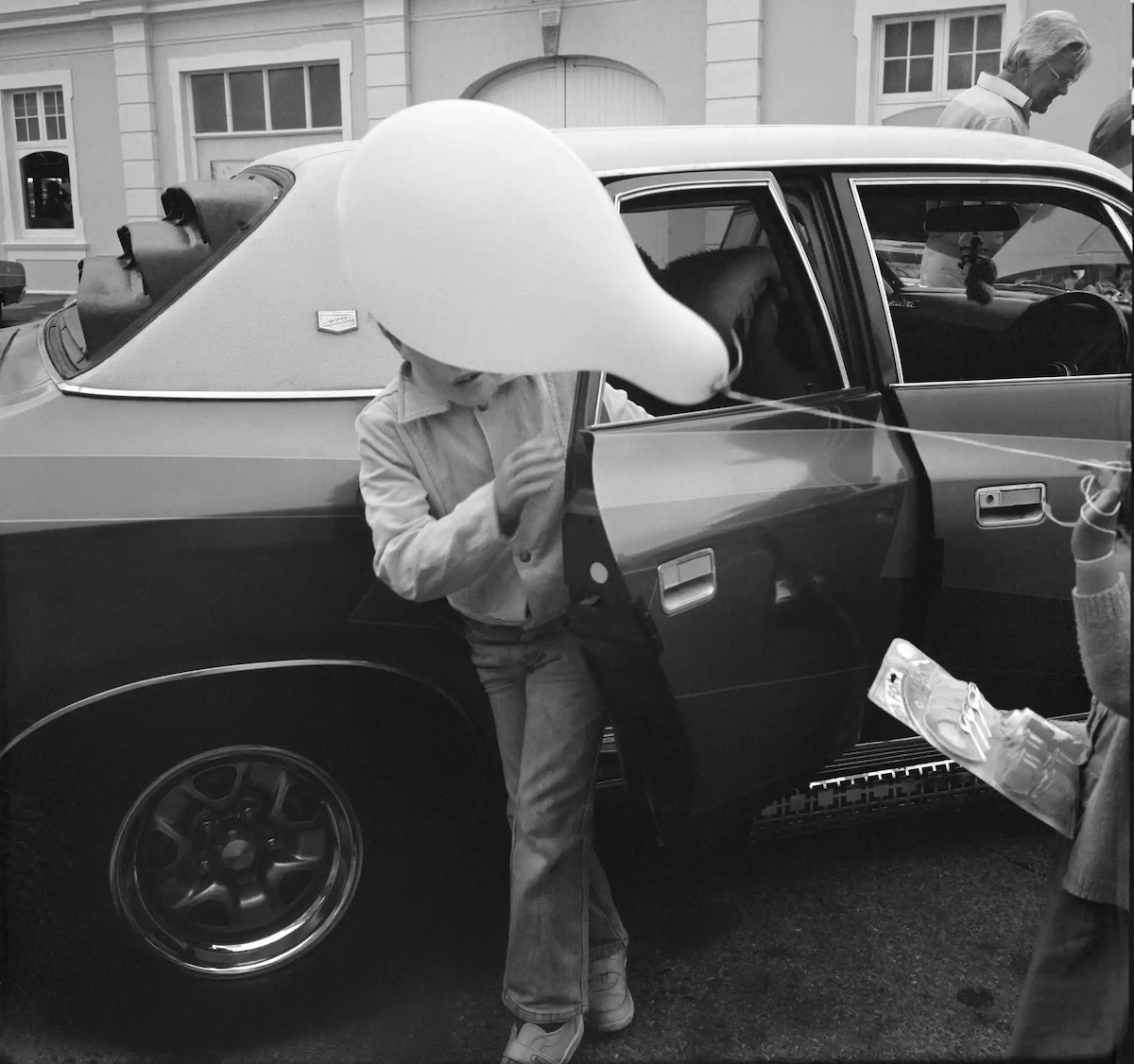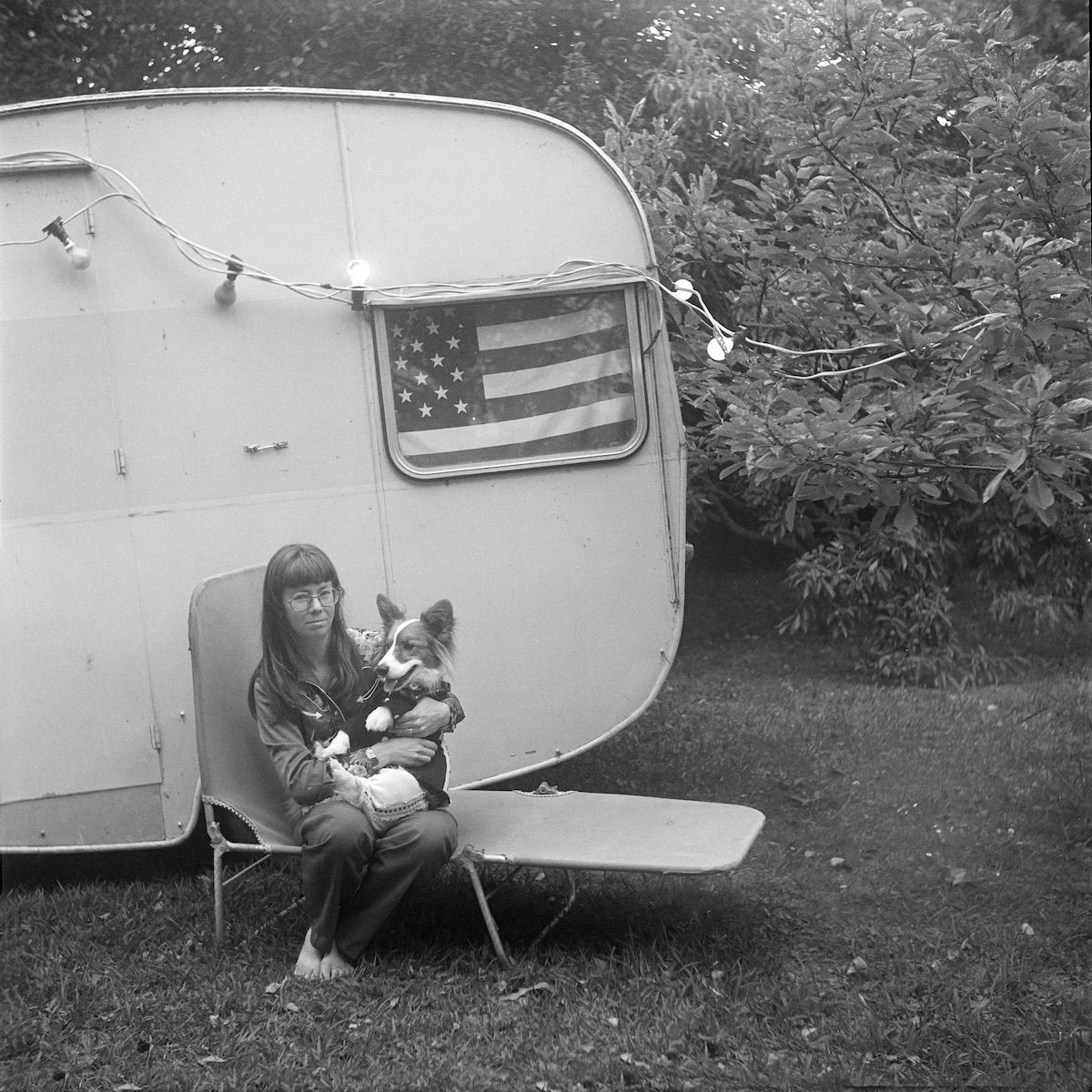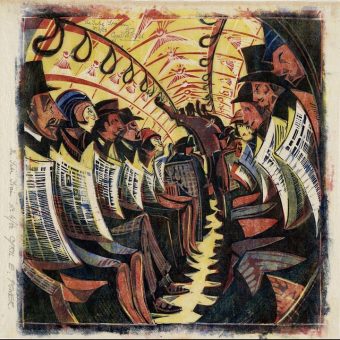“I approached my subjects with a sense of urgency. I believed that my world, as I knew it, was drawing to a close”
– Kathryn McCool on life in New Zealand in the 1980s
Kathryn McCool was 18 when her father gave her a camera (a Ricoh SLR) he’d bought at auction. As Kathryn says, “The auctioneer advised him to keep the needle in the middle of the exposure guide, and that was the extent of my instruction. I took the camera with me to Wellington, stepped off the bus, and began photographing people on the streets.”
She later switched to a Rolleiflex and I also used a Diana camera “I actually got one when I was very young from a variety store for $1.25 which I mainly wore around my neck for looks.”
Now McCool’s pictures of people in the 1980s and 1990s, mostly shot in Palmerston North in her native New Zealand, are in the exhibition P.North is at the Centre for Contemporary Photography Project Space in Melbourne, Australia and a book.

Security guard Manawatu Show, Palmerston North, 1986
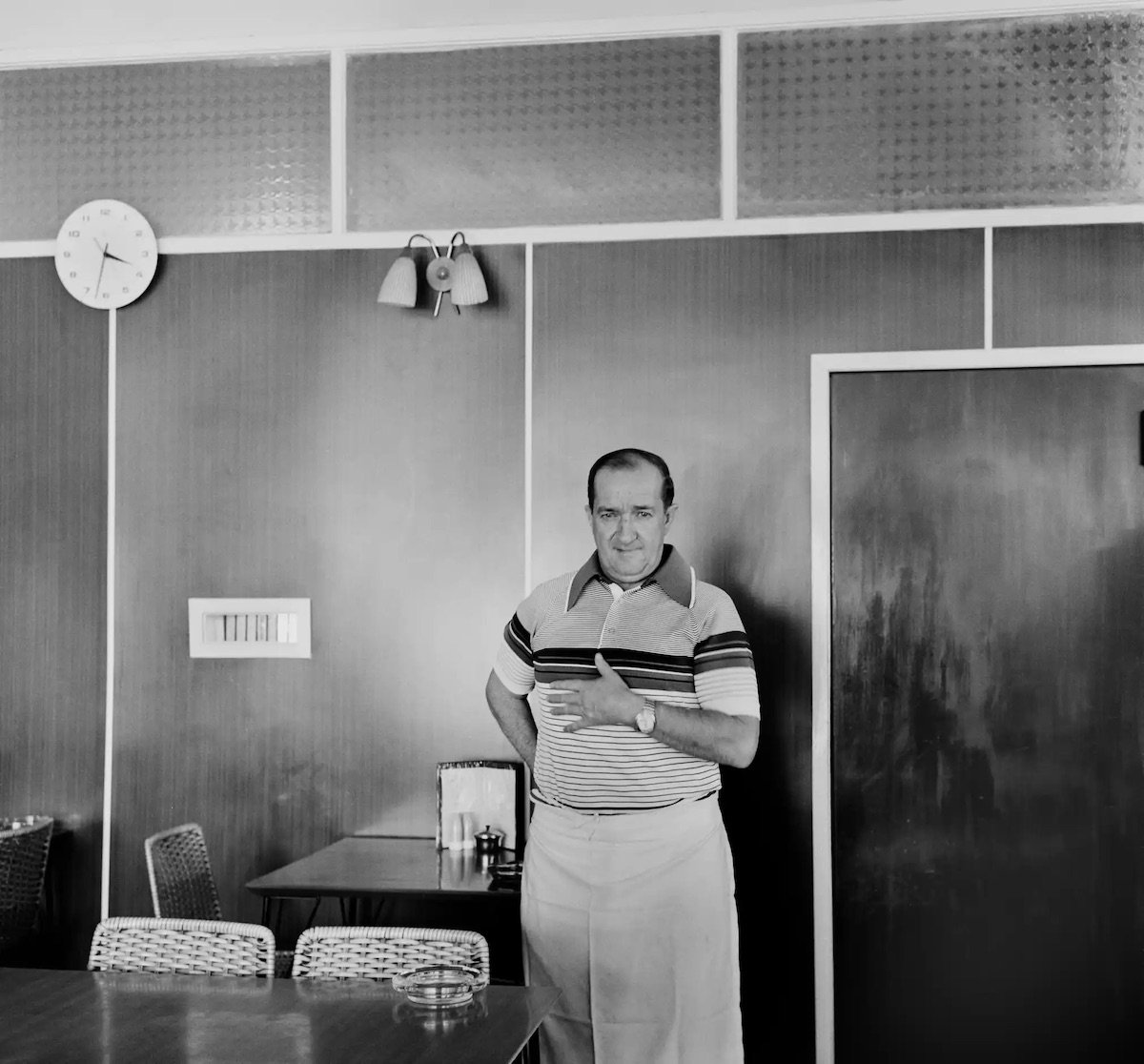
Ralph, landlord and cook at Four Aces restaurant, Palmerston North, 1988
“My parents didn’t take many family photos, so the impact of the few they did take was very intense for me. I understood that even though the photograph existed, the time it captured no longer did, and that kind of winded me; I grasped the idea that even with the picture in your hand, something was lost, and it was a grave and mysterious concept for my young brain to wrestle with!”
– Kathryn McCool to Laura Freeman at Image Science

Miss Merit, Palmerston North, 1988
“It’s essentially is a book of images about an unknown place even though it is made of portraits and landscapes from known places, (for example Bunnythorpe and Palmerston North in NZ). The title P.North has been described as being ‘abbreviated into a cipher becoming an amorphous catch-all, a dreamland…’ I think this is accurate.”
– Kathryn McCool

Melbourne, 1988
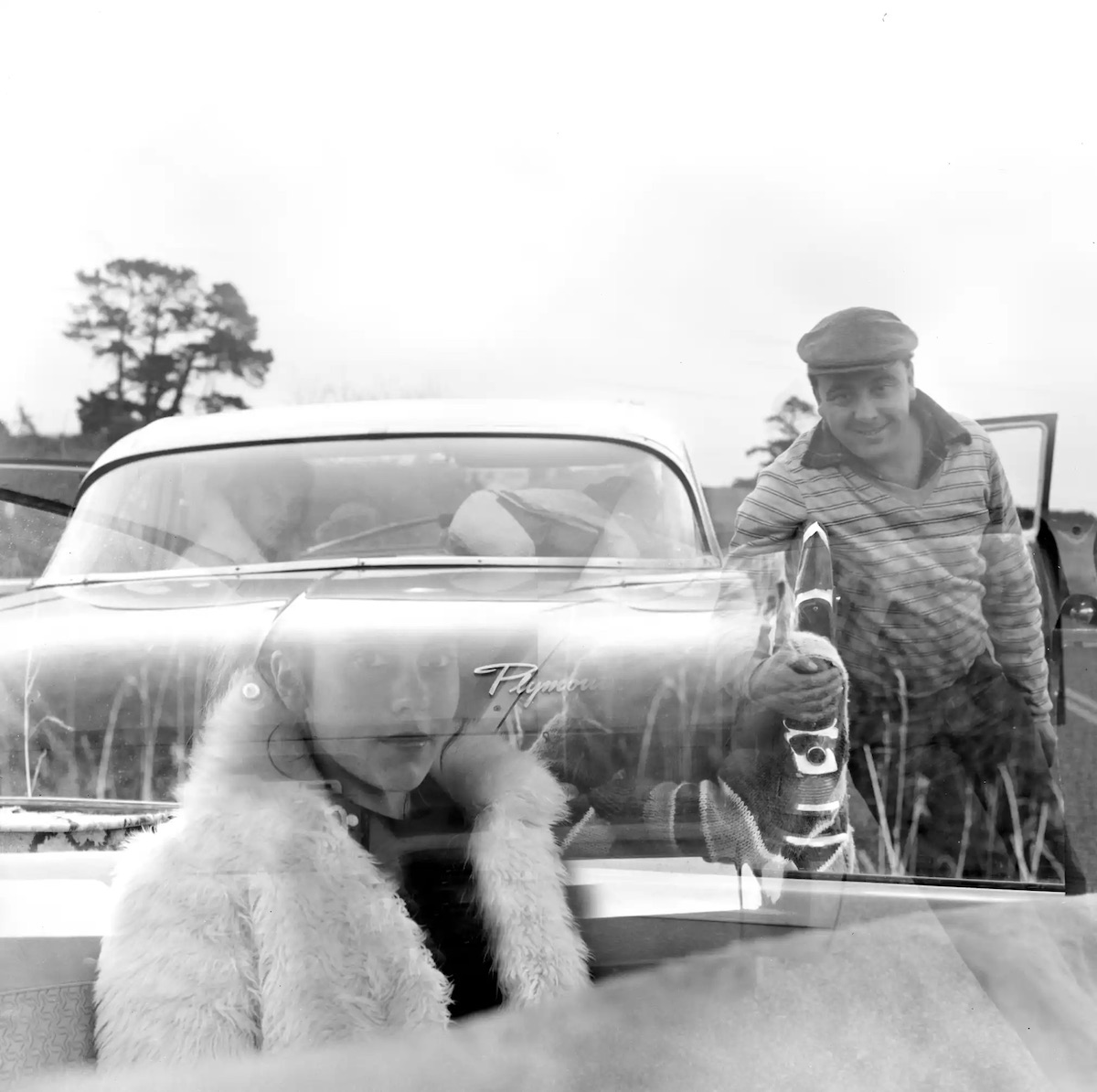
Mandy in Bunnythorpe, 1991
“I approached my subjects with a sense of urgency. I believed that my world, as I knew it, was drawing to a close, so I was quite driven. Remember, this was in the 1980s, and New Zealand was undergoing a type of change unwitnessed up to this point even though my photographs were not a commentary on this. I think New Zealanders felt deeply this sense of being on the edge of the world and as global culture was becoming more homogenised. I didn’t want to leave being on that edge.”
– Kathryn McCool

Luke in Michael Stevenson’s studio, Palmerston North, 1987

Go-kart, Palmerston North, 1991

Deniliquin, 1988

Arcadia at the St David’s church fair in Palmerston North, 1987

50-cent train rides, Temuka fair, 1987
You may also like: The Attitude of Sydney Street Life by Australian Flaneur Arthur K Syer – Photographs 1885-1890
Would you like to support Flashbak?
Please consider making a donation to our site. We don't want to rely on ads to bring you the best of visual culture. You can also support us by signing up to our Mailing List. And you can also follow us on Facebook, Instagram and Twitter. For great art and culture delivered to your door, visit our shop.




